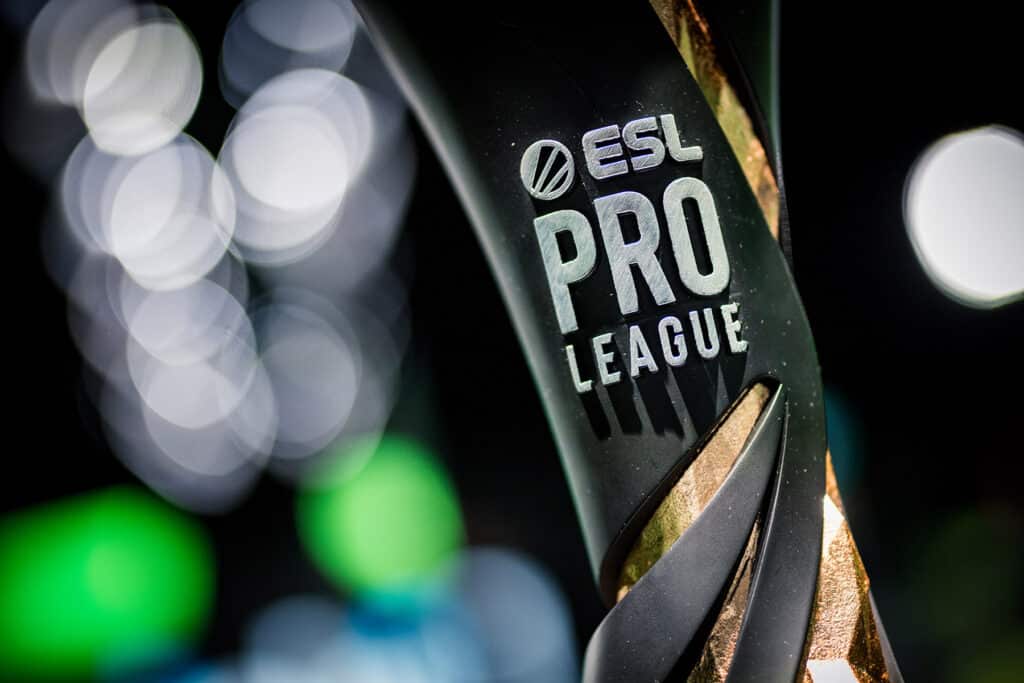Counter-Strike 2’s ESEA League has adjusted the format for its ESL Pro League and ESL Challenger League qualifiers.
The path to qualify for Pro and Challenger leagues now adheres to Valve‘s tournament guidelines following a two-season exception.
Instead of ESEA Advanced acting as a pathway for teams to qualify for the Challenger League, two Elite events will take place each season. Elite events will start with an open qualifier before moving onto a 16-team group stage. The top two teams from the Elite events will earn a place in the Challenger League.
Notably, the Elite events will be VRS-ranked, allowing teams to earn points that contribute to their Valve Regional Standings (VRS).
“It’s important we have a direct conversation and explain how these changes impact the hard work you’ve already invested in climbing the League, and show you the new opportunities this creates to launch your CS career,” stated ESEA.
ESEA Advanced will remain an unranked event, but will now offer teams an opportunity to qualify for the ESL Pro League. To compensate for the lack of VRS points on offer, the winner of each Advanced season will earn a place in a DreamHack Knockout qualifier to compete for a place in the league.
With the ESL Challenger League moving away from the ESEA structure, it will continue to award VRS points along with direct qualification to the Pro League.
Further Changes To ESL CS2 Events
The increased focus on the VRS has resulted in an evolution of event formats for teams looking to climb up the rankings and qualify for a Major.
Alongside adjusting the qualifiers to ESL Pro League and the ESL Challenger League, ESL FACEIT Group has added third-place decider matches to its ESL Pro Tour events, starting with Season 22 of ESL Pro League.
The post ESL Pro League and Challenger League qualification format adjusted appeared first on Esports Insider.

